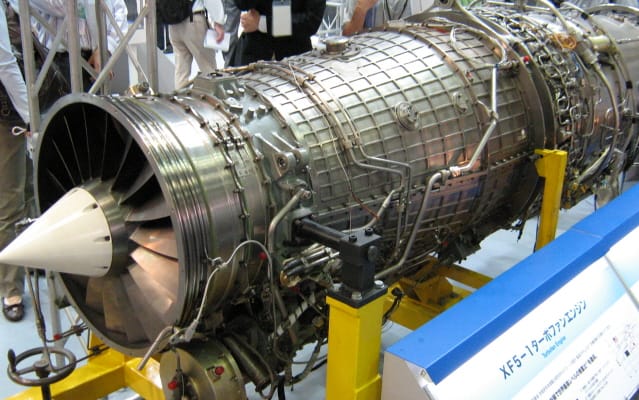kalu_miah
SENIOR MEMBER

- Joined
- Jan 4, 2009
- Messages
- 6,475
- Reaction score
- 17
- Country
- Location
No, we are not!
You simply do not understand that aircraft engines is one of the most complex technology that is around.
It is an order of magnitude more difficult to make aircraft engines than either airframe or avionics.
Brazil has one of the largest civilian aircraft industries, after the US and EU, and still has to import foreign engines. If it was not too difficult then Brazil would be making it's own engines.
Yes, Japan/Korea could make engines but it would take many decades before they had good, reliable engines that they could use.
You must appreciate that even though a country is technologically advanced in many areas, then that does not mean that it would have too much of an advantage if it decides to start in a new field that it has zero experience in. As an example you can refer to the South Korea rocket failure - even India that is far more technologically inferior in general has put dozens of satellites in orbit using it's indigenous rockets.
Any country that has not mastered aircraft engine technology, and engine technology in general, cannot become a world power. It is interesting that nearly all 5 permanent members of the UN Security Council can now make aircraft engines, with China still not fully there yet.
What takes decades for China or India will not take many decades for Japan and Korea, there is fundamental difference between socio-economic advancements between all these nations, that is where both of you are mistaken, provided they can make the right partnerships, for finance with cash rich nations and for market with small nations around the world. Lets agree to disagree, unless you have some other points to discuss.











